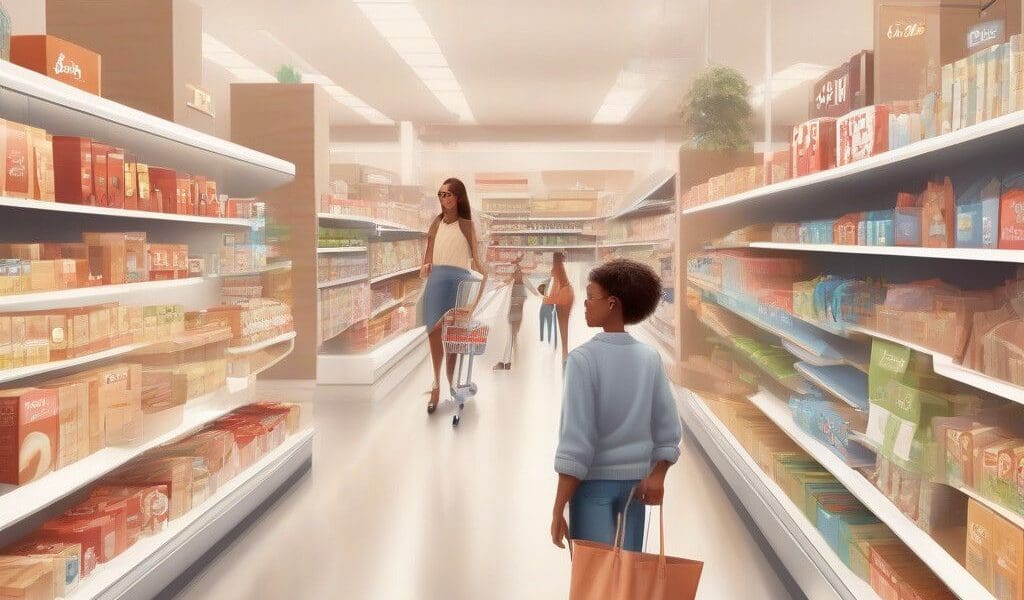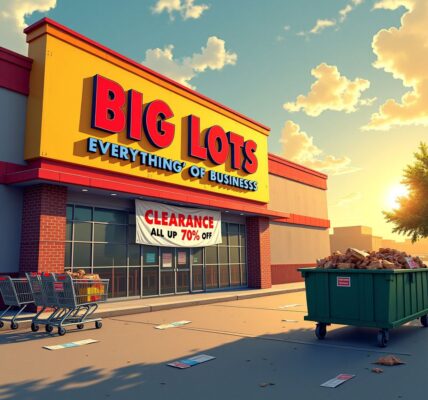In recent years, checkout-free technology has revolutionized the grocery shopping experience, bringing efficiency and convenience to consumers who are eager to minimize time spent in stores. Among the front-runners in this innovation race is Grabango, a tech company that harnesses the power of computer vision to create a seamless shopping experience. Unlike Amazon’s Just Walk Out technology, which relies on shelf sensors, Grabango focuses on visual recognition to track items as they are picked up, redefining what it means to shop without barriers.
Recently, Grabango announced a partnership with ALDI, allowing the popular grocery chain to implement their checkout-free technology, aptly named ALDIgo. This move marks a significant milestone as ALDI becomes the first major grocery retailer in the U.S. to deploy this cutting-edge technology in existing, full-size stores.
Understanding Grabango’s Unique Approach
To fully appreciate the impact of Grabango’s offerings, it is important to understand the technology behind it. Grabango’s checkout-free system eliminates the need for barcode scanners and long checkout lines. In this streamlined environment, shoppers can place items directly into their shopping carts, reusable bags, or even their pockets, foregoing the traditionally drawn-out checkout process.
As Will Glaser, Grabango’s founder and CEO, explains, “What we do is checkout-free shopping. The difference is that there is no line.” This innovative approach allows customers to exit the store up to ten times faster compared to traditional checkout methods.
While competing technologies tend to use pervasive sensors on shelves to track items, Grabango stands out by utilizing a sophisticated system that recognizes items based on their appearance. This means that the system can discern whether a product, like a can of Coke, is positioned correctly and identifies it without the need for physical sensors on shelves. This level of accuracy not only enhances the shopping experience but also creates a more robust platform for retailers to work from.
The Motivation Behind Entering the Grocery Sector
Glaser’s journey into the grocery sector is not merely a coincidence but a calculated decision influenced by his background in technology and desire for scalable business solutions. With experiences as the founder of Pandora Media, Glaser’s focus remains on combining technical feasibility with economic sense. His vision was for a solution that could be replicated across various stores, tapping into a market about 1,000 times larger through their adaptable technology.
This technology’s compatibility with existing stores means retailers such as ALDI and 7-Eleven can modernize without overhauling their entire operating systems. With Grabango’s technology, retailers can enhance customer experience while addressing critical challenges like shrinkage due to theft and errors.
Significant Impact on Shrinkage Rates
One of the notable breakthroughs that Grabango highlights is the technology’s ability to reduce shrinkage—the loss of inventory from theft and human error—by nearly 60%. While the average shrink rate in grocery stores is around 2%, Grabango claims this rate can drop to 0.3% with their system in place.
This significant reduction in loss is vital for the financial health of grocery businesses. High shrink rates can threaten the viability of stores and even lead to food deserts in communities where grocery options are limited. By effectively combating shrinkage, Grabango not only promises improved profitability for retailers but also contributes to a healthier grocery ecosystem.
Pilot Programs and Real-World Results
Grabango’s vision has not remained in the realm of theory. Through pilot programs with competitors like 7-Eleven, the company successfully demonstrated the efficacy of their checkout-free technology, launching in ten stores with acclaimed results. These trials have provided consumers with a taste of what a frictionless shopping experience can be, garnering positive feedback and proving that this solution is feasible and desirable.
Glaser often emphasizes the importance of observing the technology in action. “I love going to some of our stores and watching people check out. I won’t know them, and they won’t know me, but seeing them enjoy that experience makes me happy,” he says.
Conclusion: The Future of Grocery Shopping
The introduction of Grabango’s checkout-free technology is a testament to how innovative thinking can reshape established industries. As grocery retailers become increasingly competitive, leveraging technology such as Grabango’s not only meets consumer demands for speed and convenience but also enhances operational efficiency.
By focusing on systems that benefit both shoppers and retailers through reduced labor costs and improved inventory management, the future of grocery shopping appears bright. Technology like Grabango’s highlights the adaptation and improvement possible in retail, paving the way for a shopping landscape that prioritizes customer experience and operational viability.
The integration of computer vision technology into everyday shopping not only stands to revolutionize the grocery sector but also sets a precedent for other retail spaces. As more retailers explore such innovative solutions, the boundaries of what’s possible in consumer experiences will continue to expand.











